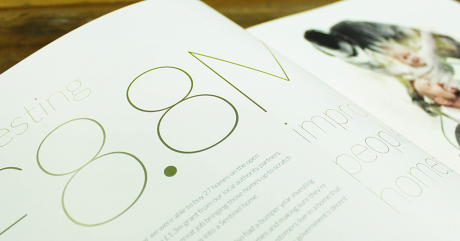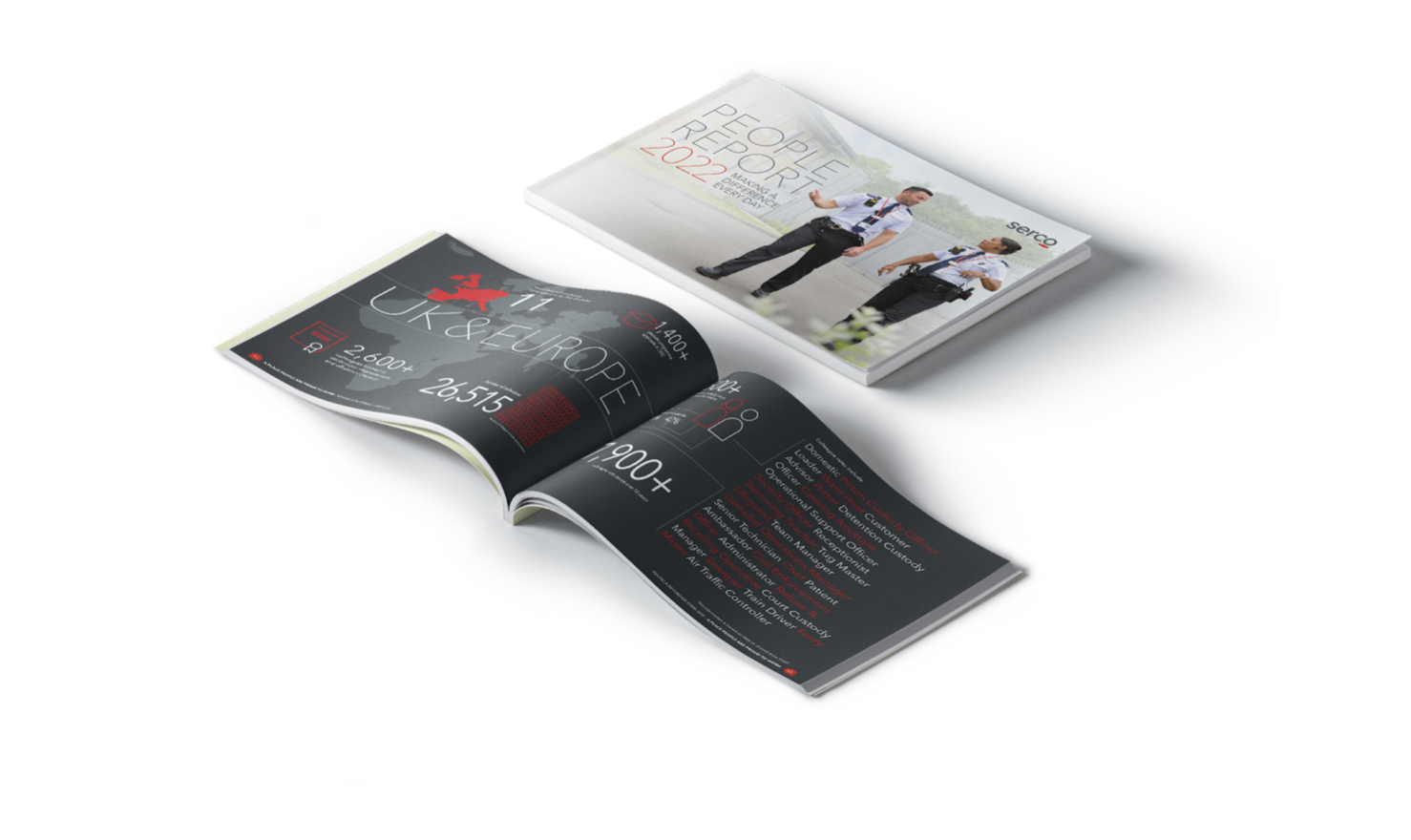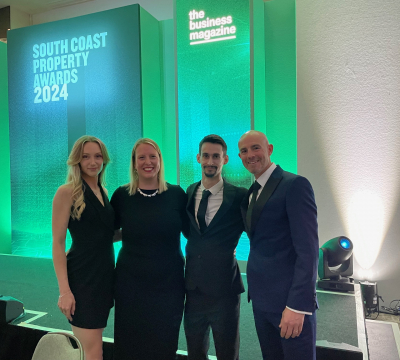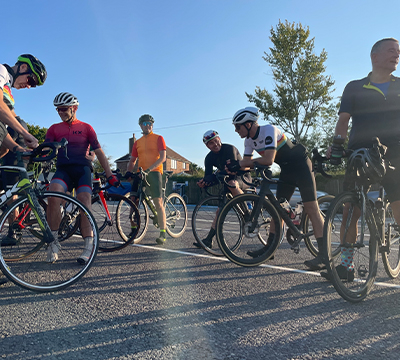
Insights 11 top tips to becoming a better copywriter

Copywriting is a huge part of my role here - writing for both The Escape and our clients - and luckily I love it! But it can often feel like an endless task, the more you review a piece, the more you feel you want to edit it. Anyone else get that?!
It doesn’t matter how long you’ve been writing, there's always something to learn and to improve on. So whether you’ve been in the industry for one year or 10 years, here are a few of my top tips that I’ve picked up so far to help you hone your skills. Hopefully, you’ll also gain the confidence to know when you’re done and ready to hit ‘publish’!
So, shall we begin?
1. Understand why you’re writing what you’re writing
One thing I would hope you would consider early on in the drafting process is your why - why are you writing this piece? Some may think it’s very obvious, but sometimes it might not be. Are you hoping to persuade or inform your audience? Or maybe you’re hoping to entertain or sell to them? While it might sometimes seem hard to distinguish between these, there are differences in how you would approach your copy.
For example, if you’re looking to persuade your audience, this is likely to be a lot more sales-focused copy, as opposed to trying to inform your audience. So make sure to give your why a little thought before you jump straight in and keep your goals always in mind.
2. Write like you talk - you are not a thesaurus
This one might take some time and practice to figure out, but I always think it’s something to consider - add in some personality and learn what your writing style is. This will strongly depend on a lot of the points I cover in this piece, but if you can weave in something that makes you / your copy distinctive, it can do wonders when helping you stand out from the crowd. You can show your / the brand’s personality through a bit of humour, a tone of authority and so much more. Just be sure not to leave any brand guidelines by the wayside, depending on who you’re writing for!
I get to show off a bit of my personality through blog pieces and captions for social media - how I write will be slightly different to how my colleagues and peers write, as it’s quite a personal and individual thing. I think that’s something I find fascinating about copywriting! But I still remember to encompass the brand’s TOV.
However, a trap quite a few marketers often fall into is trying to write for Google and jam-pack their copy with a whole load of jargon and keywords that is 1. Not always easily accessible and 2. Just not relevant! So please, cut the cr*p and write how you would if you were trying to explain something to a colleague or friend. Not only will you find your readers are grateful for this, but Google will in fact see your piece in a more favourable light for writing in a genuine and authentic way.
3. Write with conviction
Now, I don’t know if it’s just me but I find it very frustrating when I’m reading a piece where the writer seems to keep umming and ahhing about what they’re talking about. Saying something ‘might’ be or ‘maybe’ just doesn’t fill me with confidence. And if it doesn’t fill me with confidence, high chance it won’t fill other readers and customers with confidence either. So have confidence and conviction in what you’re talking about. If you’re the one writing the piece, you’ll be seen to be the expert on the topic so back yourself and be confident! Go Team Em! No? Just me?
4. Know your audience
Once you understand why you’re writing a piece, you then need to pay close attention to who you’re writing for. Are they millennials, G-Zers, pensioners, grads, C-suite - what sort of tone do you want them to pick up on?
I always find I need to do some background research on my audience before I write anything and as an agency you can be sure we’ve always done our audience mapping and persona profiling! If you haven’t, it’s definitely worth the time to do. If you get it wrong, the piece can flop like a soggy pancake out of a plane. But, if you get it right, it can make a huge impact on your brand, product/ service and your reputation.

5. Know your client
Okay, so the client may be your own company or an external client. Either way, it’s important to understand who you are writing on behalf of and what that comes with. Does your client have a particular tone of voice they implement in all their comms? If so, it’s important to follow suit so as to complement any other comms happening at the same time.
Try to embody the brand and think how they would. Most brands should have brand guidelines, so be sure to give this a read as part of your background research.
It’s also worth noting that this is something that will become more natural with time, especially if you’re writing on behalf of a long-term client or your own company, so give yourself the time to practice and get used to this. This is definitely a step you don’t want to rush!
6. Know your landscape/platform
First and foremost, it’s important to remember that copywriting isn’t just a one size fits all thing. As weird as it might sound, different platforms have their own personalities. What you write for Instagram may not work so well for a glossy magazine or digital news blog - let alone the word count is probably very different!
A bonus tip and something else to bear in mind if you’re writing for social media, and perhaps in charge of community management is that it’s important to use the same TOV when replying to comments.
So make sure you know your platform before you start putting pen to paper or finger to keyboard. If in doubt, do a bit of research on peers and competitors to see how they might adapt their copy depending on which platform they’re on.
7. Don’t forget your headline
Okay, so you’ve got your topic and you’re feeling pretty confident with your body copy but now you have to think about the headline. Don’t go thinking though that your headline is a minor part. No, no no, we’re better than that. With that being said - please don’t go jumping on the clickbait bandwagon! Neither Google nor your readers will thank you for it. Give yourself space and time to think of something snappy and to the point that will hook your audience without misleading them.
Like this article, numbers or stats work well. Let’s just stay away from things like ‘how to make $1 million’ or anything spammy…
8. Do your research
Now, I’d like to think this one would be a given, but just in case - make sure you know what you’re talking about! It’s so incredibly important to do your research on the product or service you are talking about. Otherwise, let’s be real, you’re just making the whole thing up. Put simply - how can you persuade a customer to buy your product or service if you’re not even sure what it is yourself!

9. Have a clear CTA
So we have an ace headline and some awesome body copy but we need to actually remember what the whole point of the piece is - what do you want your readers to do when they reach the bottom? Do we want them to sign up to newsletters to get more straight to their inbox? Or maybe we want them to use this article as part of their research and link them to other useful insights or white papers, in the hopes that they’ll keep us front of mind later on down the line? Either way, make sure to clearly state what you want them to do at the end of your article.
10. Make it skimmable
We get bombarded with more information and content a day than we ever have. People are time-poor and don’t have the time to spend 15 minutes reading a single article only to find out it didn’t really have what they were looking for in the first place. So let’s make it easy for them and pull out the key stats, quotes or things you want to signpost them to.
11. Proofread, proofread, proofread
I would normally think that this would be second nature, especially for anyone who writes regularly, but then again accidents happen. Make life easier for yourself and try to build this into your writing and editing process. It's easier to take it section by section, rather than looking at the piece as a whole. I always recommend to test out the four-eye process, which basically means getting another person who hasn't yet seen it to give it the once over. They might spot something that you'd previously overlooked and it’s a good way to test if the piece flows nicely for someone a bit more removed from the topic.
We’ve all read an article that has a typo in it and let’s be honest, we get the ick and don’t want to read any further. It just feels a bit sloppy and you can easily lose readers because of it. So let’s not overlook the importance of good spelling and grammar.
There are no doubt hundreds of other tips and tricks we all have when it comes to copywriting, but here’s a few of the ones that I think should be towards the top of your list. But be sure to let us know if you think we’ve missed any!
Share insight
Let's talk
- Call us +44 (0) 1256 334567
If you would like to find out more about how we can help you connect strategically, creatively or digitally, then call us or get in touch. We’d love to hear from you.













